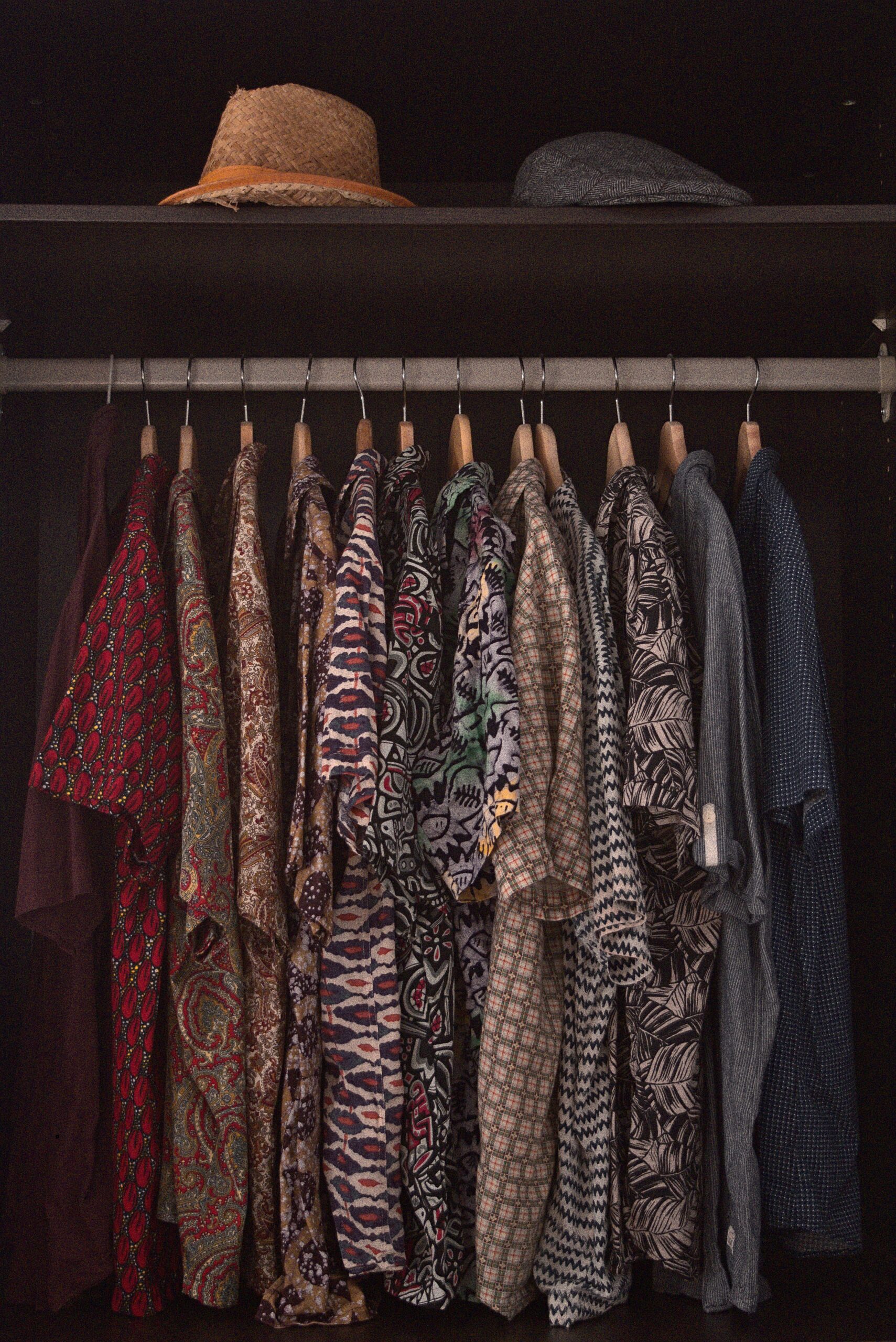

Fashion is a dynamic world, constantly shifting with the seasons. Every few months, we find ourselves at a crossroads—do we stick to our tried-and-true favorites or embrace new trends? With each season comes an opportunity for renewal and reinvention.
Transitioning your wardrobe can feel overwhelming. But it doesn’t have to be. By understanding fashion seasons and incorporating some simple strategies, you can seamlessly navigate these changes while keeping your style fresh and exciting.
Let’s dive into how to make this transition smoother and more enjoyable!
Understanding Fashion Seasons
Fashion seasons are typically divided into four main categories: spring, summer, autumn, and winter. Each season comes with its own distinct colors, fabrics, and styles that reflect the mood of the moment.
Spring often brings light fabrics and floral patterns as nature awakens. Bright colors emerge alongside playful silhouettes that evoke a sense of renewal.
Summer shifts to airy materials like cotton and linen. It’s all about breathable styles perfect for sunny days—think shorts, sundresses, and vibrant swimwear.
As leaves turn in autumn, deeper hues take center stage. Layers become essential as we embrace cozy sweaters and rich textures like wool.
Winter introduces warmth through heavier fabrics such as cashmere and down. This season focuses on layering to combat the chill while maintaining a chic look with stylish coats and accessories.
Recognizing these seasonal shifts helps you understand what pieces will complement your wardrobe throughout the year.
The Importance of Transitioning Your Wardrobe
Transitioning your wardrobe is essential for several reasons. As the seasons change, so do our styles and needs. Wearing appropriate clothing keeps us comfortable and confident.
A seasonal shift allows you to rediscover forgotten pieces. Each time you transition, you’re reminded of items that were once staples in your closet. This can spark creativity and inspire new outfit combinations.
Additionally, changing out your wardrobe helps keep things fresh. It prevents a feeling of monotony and makes getting dressed exciting again. You’ll find joy in mixing old favorites with new additions.
Moreover, transitioning encourages mindful shopping habits. By evaluating what you truly wear versus what lingers unworn, you’ll make smarter choices going forward. This process can help build a versatile collection tailored to your lifestyle.
Incorporating this practice not only enhances personal style but also promotes organization within your space.
Tips for Organizing Your Seasonal Wardrobe
Start by clearing out your closet. Remove everything and take stock of what you have. This will give you a fresh perspective on your collection.
Next, categorize your items. Group them by type—dresses, tops, bottoms, outerwear—and then further divide them into seasons. This way, you’ll easily find what fits the current weather.
Invest in quality hangers that suit different garment types to maintain their shape. Fold heavier knits or delicate fabrics instead of hanging them to prevent stretching.
Consider using storage bins for off-season clothing. Label each one clearly so you can quickly locate what you need when the seasons change.
Don’t forget about accessories! Organize scarves and belts together in designated sections or drawers for easy access while keeping your look polished and put-together at all times.
How to Extend the Life of Your Clothes
Taking care of your clothes can significantly extend their lifespan. Start by following the washing instructions on the label. Different fabrics require different treatments.
Consider washing in cold water to preserve colors and fibers. It’s gentler than hot water, which can cause shrinkage or fading over time.
When it comes to drying, air-drying is preferable. It reduces wear and tear caused by dryers. Lay flat or hang items properly to maintain their shape.
Store your garments wisely too! Use padded hangers for delicate pieces and fold heavier items like sweaters to avoid stretching.
Avoid overcrowding your closet as this can lead to wrinkles and damage. Giving each piece enough space allows them to breathe.
Don’t forget about minor repairs! A simple stitch or button replacement keeps favorite pieces looking fresh longer.
Budget-Friendly Ways to Update Your Look
Refreshing your wardrobe doesn’t have to break the bank. Start by raiding your closet. You’d be surprised at how many forgotten gems are hiding in there. Mix and match pieces for a new outfit vibe.
Thrift stores and consignment shops can be treasure troves of unique finds. You might stumble upon vintage items that add character to your style.
Don’t underestimate accessories. A statement necklace or a bold scarf can transform an ordinary outfit into something eye-catching without costing much.
Consider swapping clothes with friends too. It’s a fun way to get “new” items while clearing out what you no longer wear.
DIY is always an option! Whether it’s adding patches to jeans or turning an old dress into a trendy top, creativity can work wonders on your look without spending much at all.
Sustainable Fashion Options for Every Season
Sustainable fashion is about making choices that are good for the planet and your wardrobe. For spring, consider lightweight organic cotton dresses or bamboo tops. These fabrics breathe well and reduce environmental impact.
As summer heats up, look for swimwear made from recycled materials. Brands focus on turning plastic waste into stylish bikinis and one-pieces that not only look great but help clean our oceans.
When autumn arrives, switch to layers crafted from eco-friendly wool or Tencel. Both options provide warmth while being biodegradable, a plus for sustainability enthusiasts.
Winter calls for cozy sweaters—opt for those made from responsibly sourced cashmere or recycled fibers. They keep you warm without compromising ethical standards.
No matter the season, thrifting offers endless opportunities to find unique pieces with a smaller carbon footprint. Embrace vintage styles that tell their own stories while supporting sustainable practices in fashion.
Conclusion
Navigating the shifting tides of fashion seasons can be a delightful adventure. Embracing each transition not only refreshes your wardrobe but also enhances your personal style. By understanding the nuances of seasonal changes, you empower yourself to make informed choices that reflect current trends while staying true to your unique taste.
Transitioning your wardrobe is an essential practice for maintaining both functionality and flair. With thoughtful organization, you can easily access seasonal pieces and create fresh outfits without overwhelming clutter. Taking care of your clothes extends their life, allowing you to enjoy them longer and reducing waste.
Budget-friendly updates keep your look modern without breaking the bank. Simple accessories or statement shoes can transform even the most basic outfit into something special. As awareness around sustainable fashion grows, incorporating eco-friendly options into your wardrobe makes a positive impact on the planet while showcasing innovative styles.
Embrace these tips as you navigate through fashion seasons with confidence and creativity. Your wardrobe should evolve just like you do—full of personality, practicality, and purpose.
